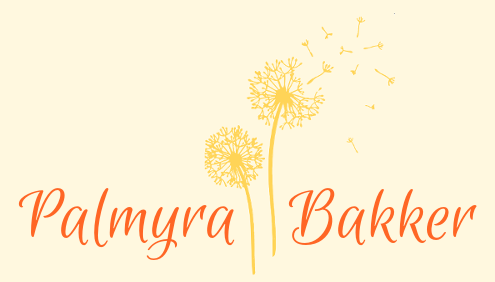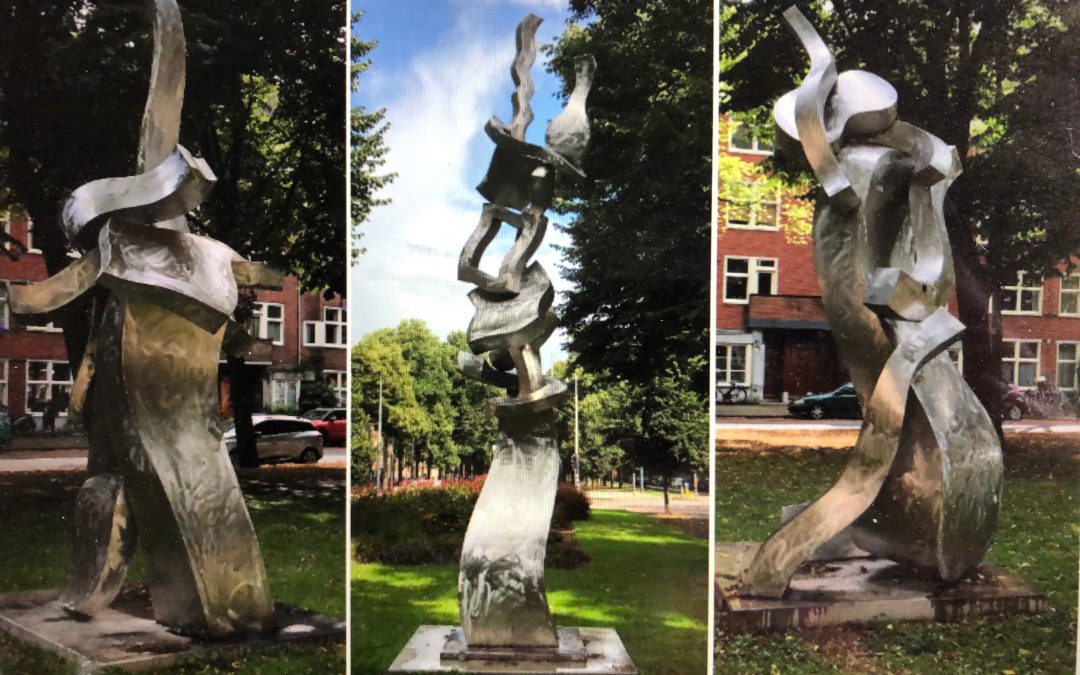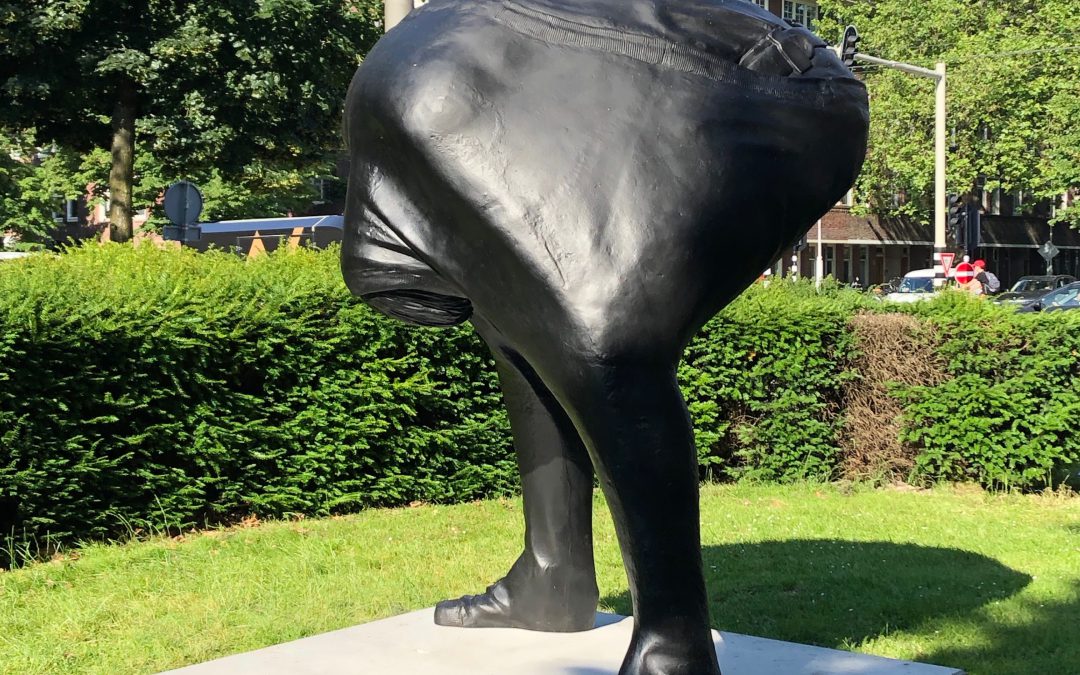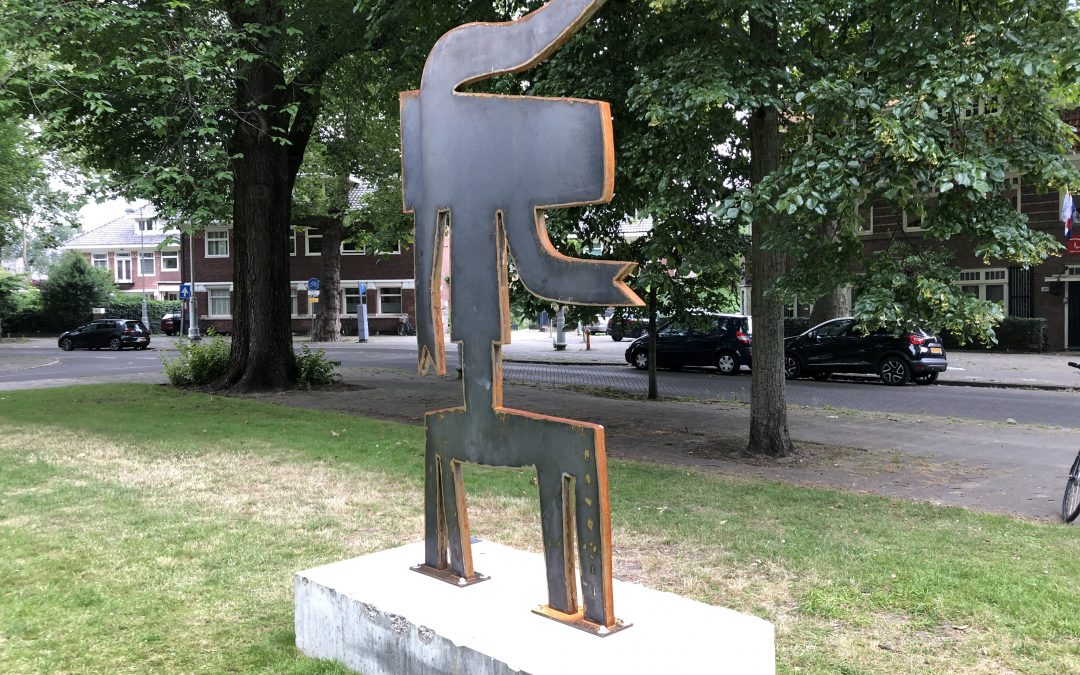
What are you grateful for?
For me it was the year where I finished my Dutch booklet ’11 Gouden tips bij verlies en rouw’, where I started walking with clients and expanded online counseling. The year where I facilitated my fourth Dutch bereavement support group and the year where I commenced the specialization ‘Frozen Grief’. I have also completed the 9 months Psychosocial Fundamentals (PSBK) training course, which means that from the 1st January, clients who have additional insurance can now claim a refund from their insurance provider. Writing all of this, I can say that I have achieved a lot and I am grateful for it. It feels good.
What do I want more of through my practice?
I am grateful that I may listen to your story and be able to stand next to you in difficult times. On top of that there are also the added complications of the various lockdowns. Through my practice, I have heard many stories this year, some sad and even desperate, others full of loneliness and thrown back on yourself, but also stories of hope, confidence and full of love for the deceased. Clearly grief is the opposite of love, that’s why losing a loved one hurts so much.
What do I want different?
Less administration. Although I am good at it, it does take up too much time, which I prefer to spent in connection with others. Also during Corona times, I want to receive clients face to face again where possible and of course with all necessary precautions.
I hope that I can listen to many more personal stories in 2022, despite how heartbreaking some may be. That I can live by my own norms and values and that we keep searching to what connects us, even when our beliefs/positions are different. King Willem Alexander verbalized this very well in his Christmas speech.
Together with a colleague, we will run two English speaking bereavement peer groups in Amsterdam this year. We are very proud to supervise these groups and are looking forward with anticipation to the participants we are going to meet. We are grateful that we may be part of their process of recognition and acknowledgement and to laugh and cry together.
The new year starts again with a lockdown. Through your stories I know how much impact this has on interconnections and inner resilience. No matter what kind of circumstances you may find yourself in and whatever you believe, I wish that 2022 will bring days of gratitude, self-love and above all connection with one another again.




Recent Comments